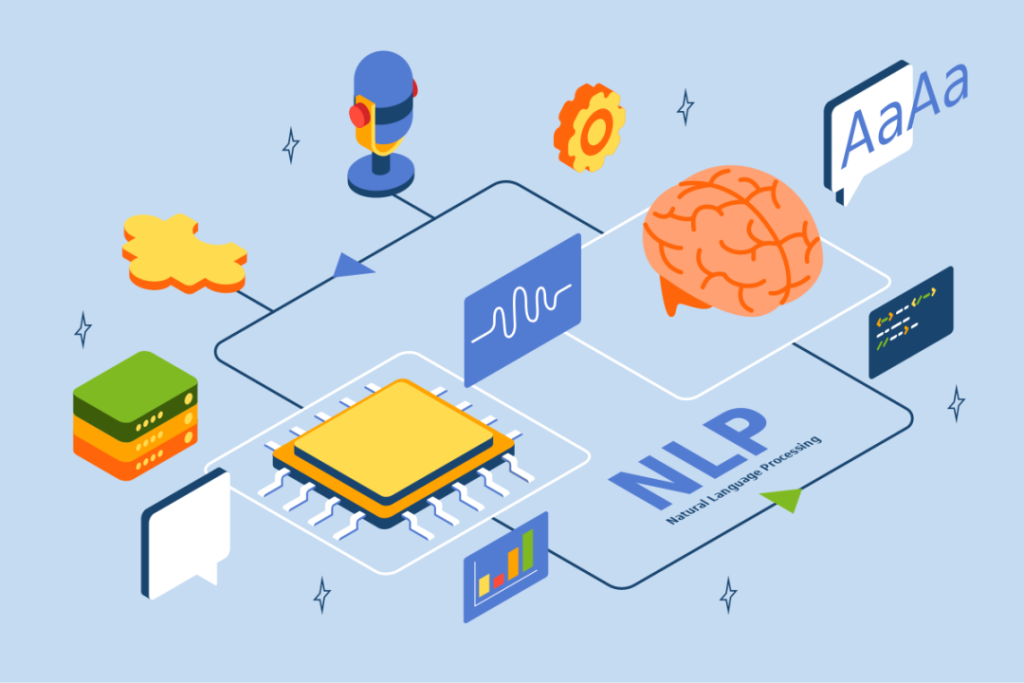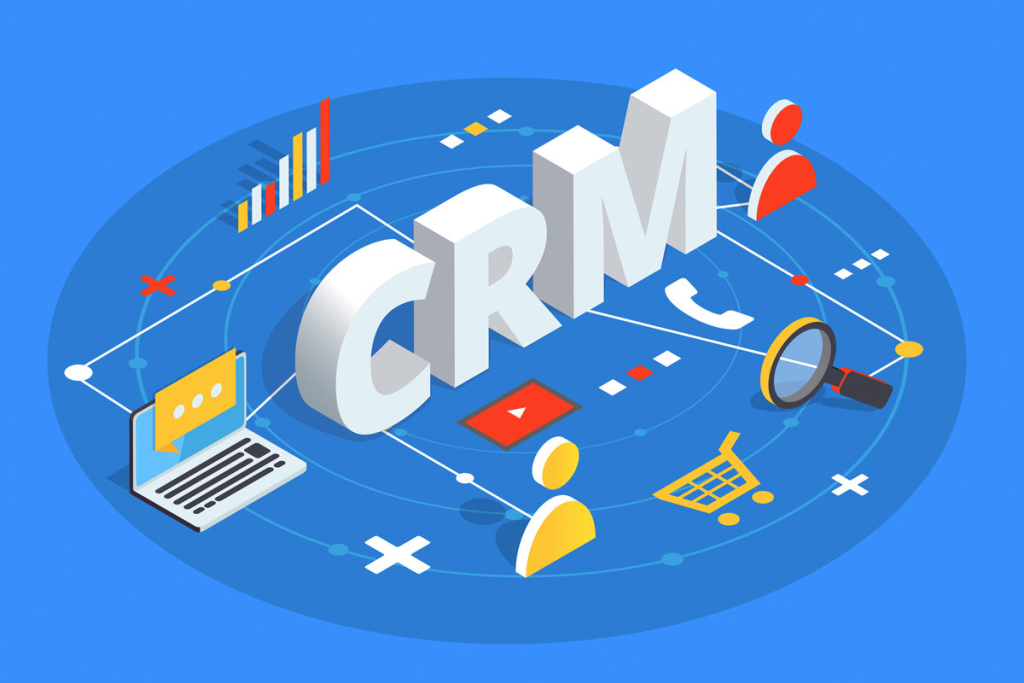
Customer Relationship Management (CRM) is crucial for businesses to build and maintain good relationships with their customers. Natural Language Processing (NLP) is playing an increasingly important role within CRM. Let’s explore what it is and how it works.
1. Understanding NLP Basics in CRM
- What is NLP?
- NLP is a branch of artificial intelligence that focuses on the interaction between computers and human language. In the context of CRM, it enables computers to understand, interpret, and generate human language in a useful way. For example, it can analyze customer emails, chat messages, or phone call transcripts.
- It uses techniques like text classification, named entity recognition, and sentiment analysis to make sense of the language data.
- Why is it Used in CRM?
- To improve customer service. By understanding what customers are saying, companies can respond more accurately and quickly. For instance, if a customer writes an email asking about a product feature, NLP can help the customer service team identify the key question and provide the right answer.
- To gain insights into customer needs and preferences. NLP can analyze a large amount of customer feedback to find common themes, such as what features customers want to see in future products or what problems they often face.
2. Applications of NLP in CRM
- Customer Service Chatbots
- Chatbots powered by NLP can handle basic customer inquiries 24/7. They can understand natural language questions like “When will my order be shipped?” and reply with relevant information.
- They can also guide customers through simple processes, like helping them set up an account or make a return, without the need for human intervention in many cases.

- Sentiment Analysis
- NLP can analyze the sentiment of customer communications. If a customer says “I’m really happy with the new product,” the system can detect the positive sentiment. On the other hand, if a customer writes “This service is so bad,” it can flag the negative sentiment.
- Based on this analysis, companies can take immediate action. For example, reach out to customers with negative sentiment to resolve their issues and improve their overall experience.
- Customer Feedback Analysis
- It can process and categorize a large volume of customer feedback from various sources like surveys, online reviews, and social media comments.
- By identifying common issues or suggestions, businesses can make improvements to their products, services, or internal processes. For example, if multiple customers mention that a website is difficult to navigate, the company can work on redesigning it.
3. Benefits and Challenges of NLP in CRM
- Benefits
- Improved customer satisfaction. With quicker and more accurate responses, customers feel valued and understood.
- Cost savings. By automating some customer service tasks with chatbots and reducing the need for manual analysis of feedback, companies can save on labor costs.
- Better decision-making. The insights gained from NLP analysis help businesses make informed decisions about product development, marketing strategies, and customer service enhancements.
- Challenges
- Accuracy issues. Sometimes NLP systems may misinterpret complex or ambiguous language, leading to incorrect responses or analysis.
- Data privacy concerns. Since NLP deals with customer data, ensuring its privacy and security is essential. Companies need to comply with relevant regulations and implement proper safeguards.

In conclusion, NLP in CRM is a powerful tool that has the potential to transform how businesses interact with their customers. While there are challenges, the benefits it brings make it well worth considering and implementing for companies aiming to enhance their customer relationships.





